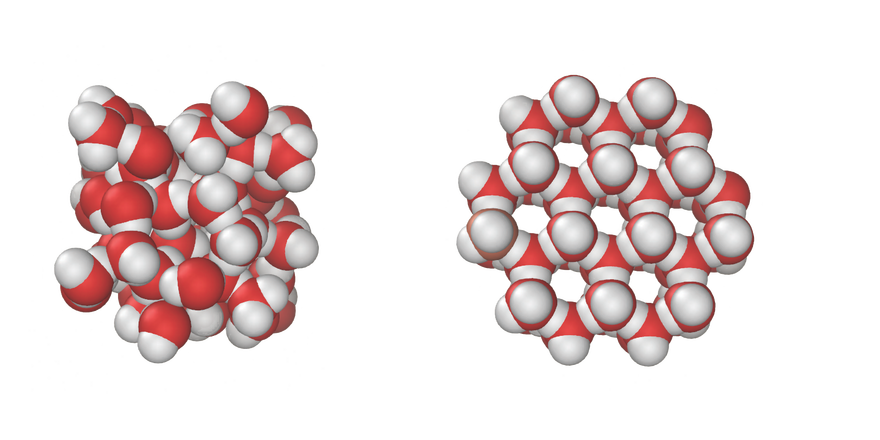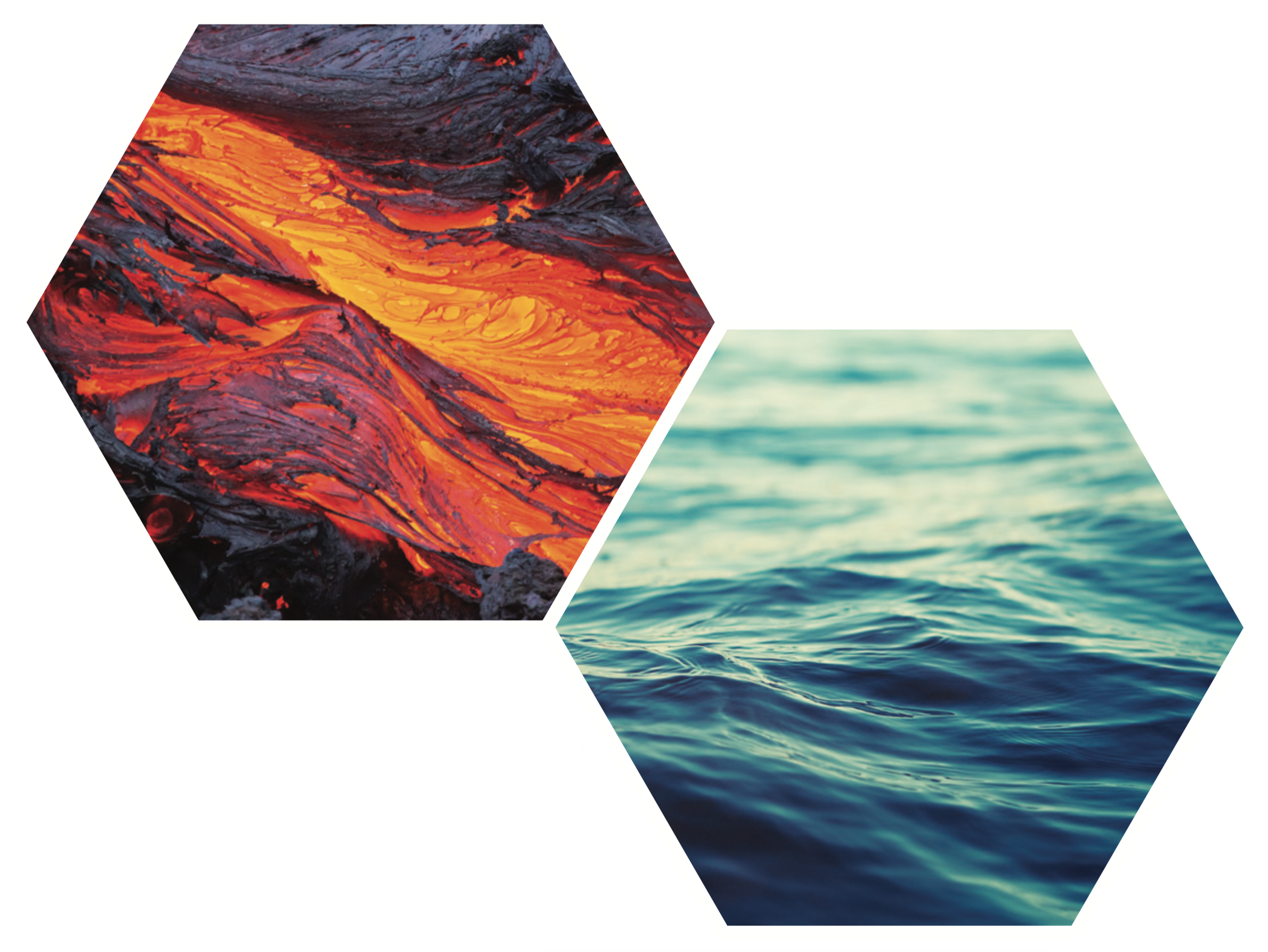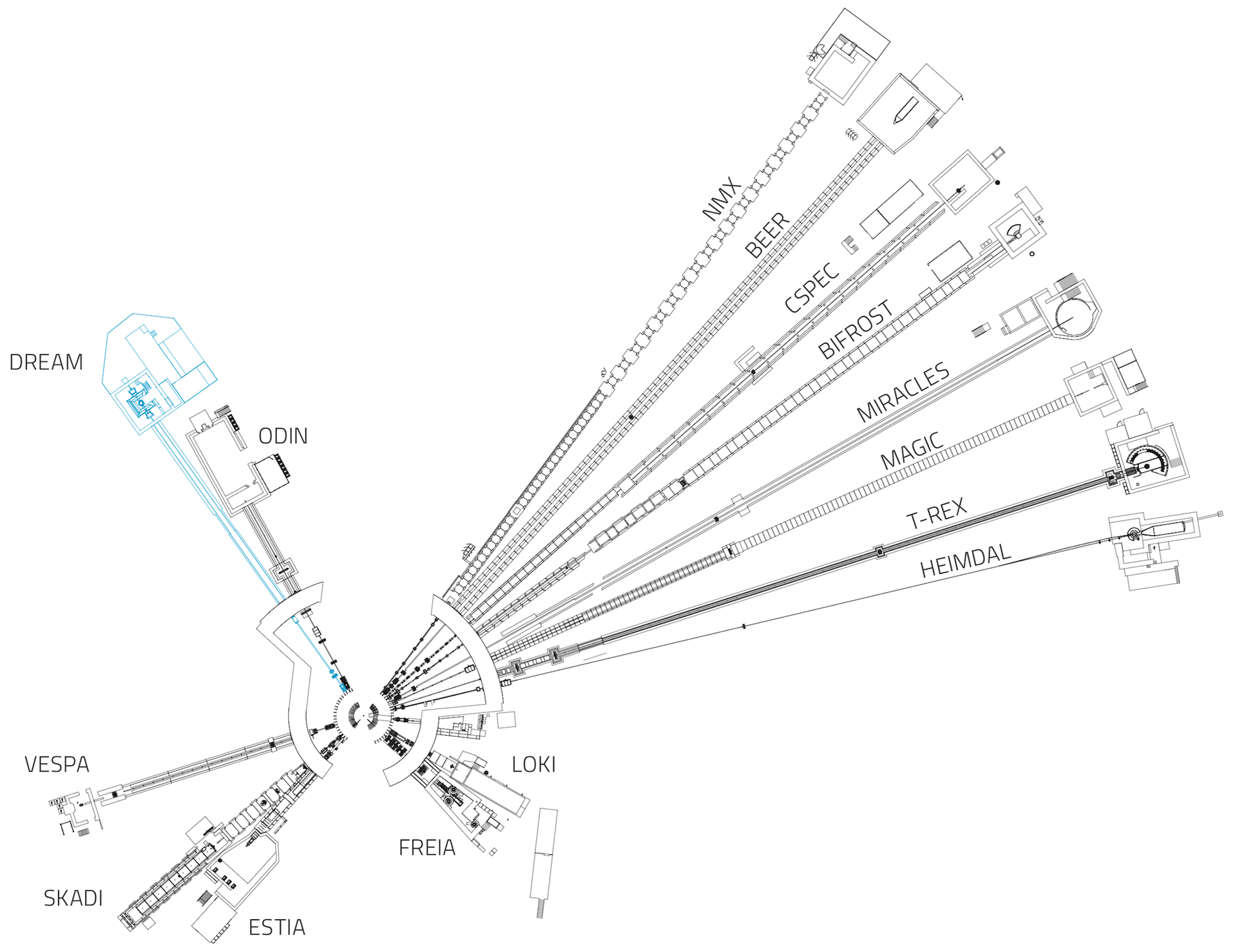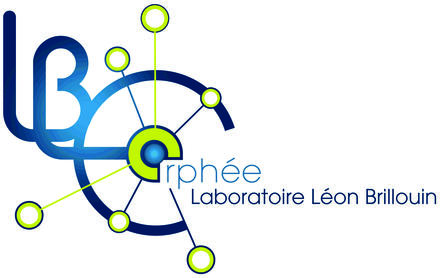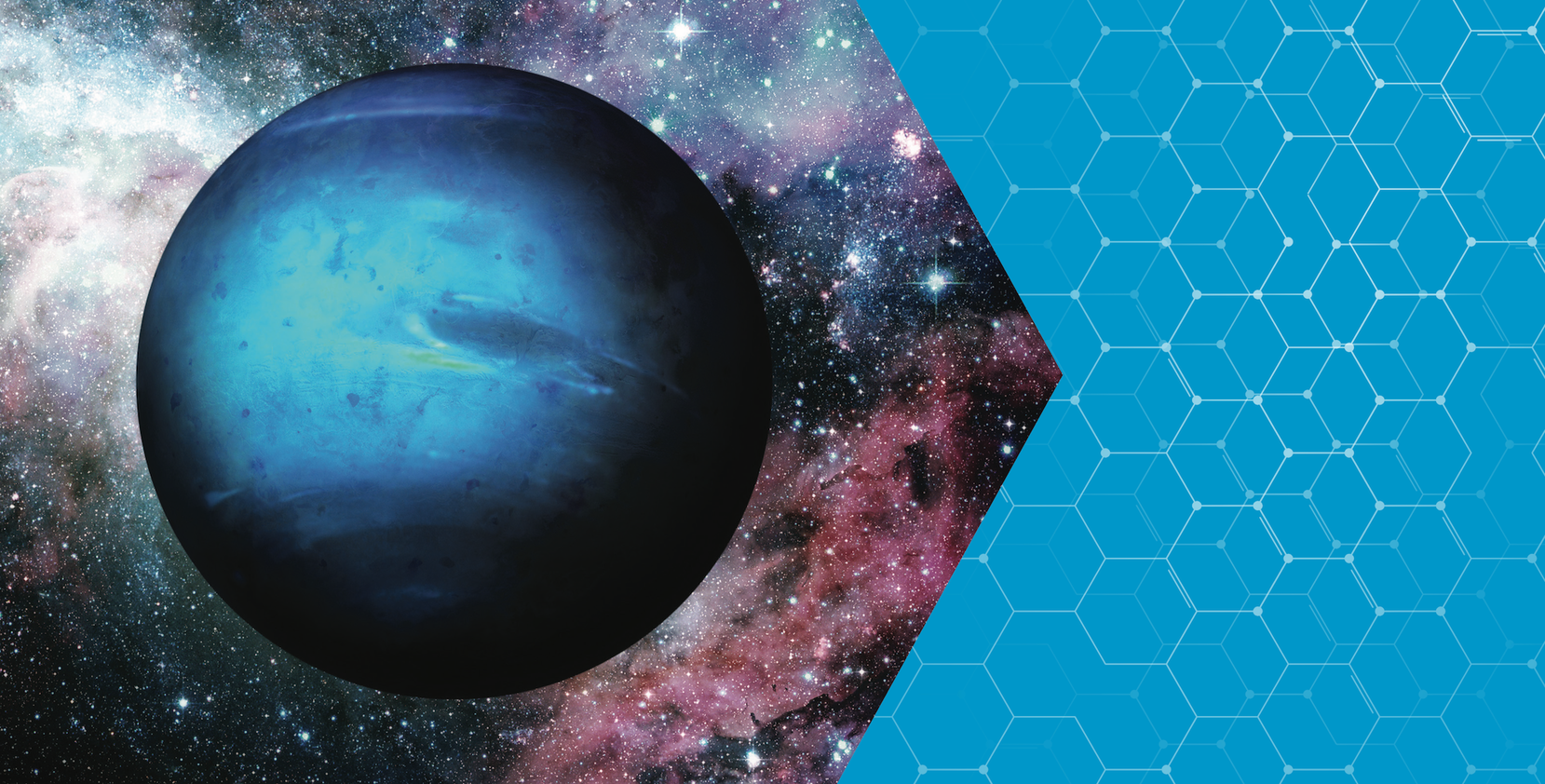
Unlocking the secrets of water
What would you see if you landed on Neptune or Uranus?
The European Spallation Source will bring us one step closer to finding out, right here on Earth.
The make-up of the ice giant planets Neptune and Uranus remains shrouded in mystery, since their distance from Earth has limited our ability to observe them to only brief flybys. While we know their interiors consist primarily of water, along with ammonia and methane, scientists have also come to realise that these familiar materials can behave very oddly under the high pressure and temperature conditions seen on these planets.
In fact, simple water, under pressure, exhibits a dizzying array of over 15 crystalline ice forms. These transformations involve atomic rearrangements, just as carbon atoms rearrange into diamond under extreme pressures. Also, like diamond, extremely high temperatures are required to melt these dense ice forms. Even more fascinating, when these extreme pressures are combined with high temperatures, this can create a ‘superionic’ ice that acts simultaneously as a solid and a liquid. Indeed, there has been much speculation about whether this exotic material, or some other new type of ice, actually exists in the interiors of Neptune and Uranus.
Back on Earth, water is fundamental to life and, surprisingly, studying it under extreme conditions helps us understand its behaviour in its more familiar form. Research of this kind advances our understanding of the forces that hold water molecules together and the hydrogen bonds that allow them to interact with their surroundings. This could have far-reaching implications in fields as disparate as quantum physics, biology, pharmaceuticals and volcanology.
While scientists have been able to identify some of these mysterious ice forms that are created under certain extreme conditions, experiments are constrained by what is possible to do on today’s scientific instruments. Sample sizes are small by necessity, and it is exceptionally difficult to observe the hydrogen atoms in the water molecule, so it still remains unclear how and why water molecules form and bond together.
What will we see at ESS?
Neutrons are critical for studying ice as they are our only means to see the tiny and elusive hydrogen atoms. ESS will be the world’s brightest neutron source and its instruments will help us to understand more about the atomic structures and forces of different materials than has ever been possible. The ESS instrument DREAM will allow scientists to observe the behaviour of these and possibly new mysterious types of ice at the atomic level.
Scientists will measure how neutrons are scattered as they bounce off the hydrogen nuclei inside ice samples maintained at enormous pressures. This will create a highly-detailed picture that allows us to see the formation of water molecules and the onset of hydrogen bonding, telling us a great deal more about the structures and forces at play and helping to inform speculations about what is present in the interiors of the ice giants.
ESS will use new tools, based on large artificial diamonds, to recreate these extreme environments here on Earth – on a much larger scale than previously possible. Despite these technical advances, the samples remain no larger than the full-stop at the end of this sentence, and so the exceptionally high flux of the ESS neutron beam is critical to study them.
The combination of the diamond pressure cell and the ESS brightness will enable unprecedented insight into the strange atomic world of the water molecule. This exquisite new level of detail is crucial to deliver a step-change in our understanding of distant planets, and everything where water exists on Earth.
Beyond water
Exploring the crystalline forms of water under extreme conditions is only one of a wide range of scientific possibilities opened up by the ESS instrument DREAM. In energy research, for instance, DREAM will bring studies of fuel cells, catalysts, hydrogen storage materials and lithium-ion batteries under operating conditions to a new level, providing invaluable insights for the development of sustainable energy solutions.
Furthermore, complex magnetic structures and the interplay between magnetic order and superconductivity will be explored. DREAM will combine the unique ability of neutrons to probe magnetism directly with the high flux of ESS to enhance our understanding of magnetism, informing the development of new IT materials.
DREAM
DREAM is a neutron powder diffractometer that will enable new physics and chemistry research, serving areas such as nanoscience, energy and battery materials, and complex magnetic structures.
Fifteen instruments are currently under construction at ESS.
The in-kind partner institutions collaborating with ESS to design and build DREAM are:
This feature is part of an ongoing Future Science series; a set of stories highlighting some of the research opportunities that will be made possible by instruments currently under construction at ESS.

























